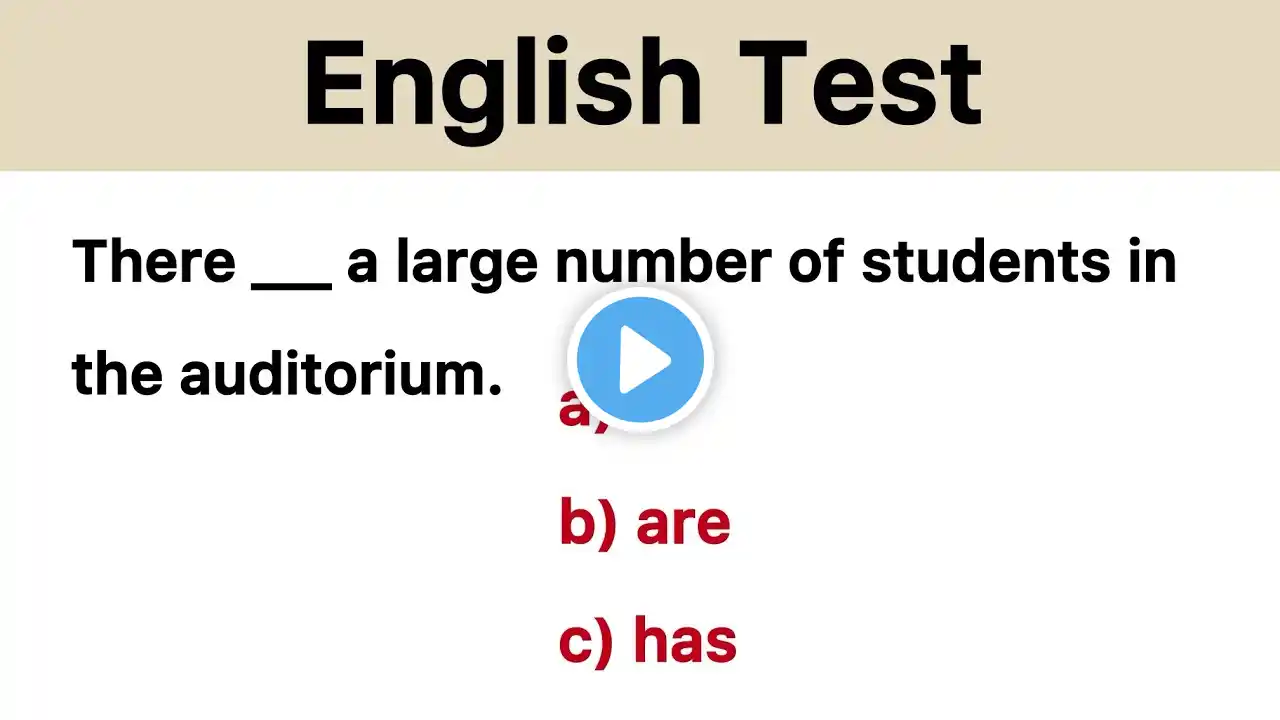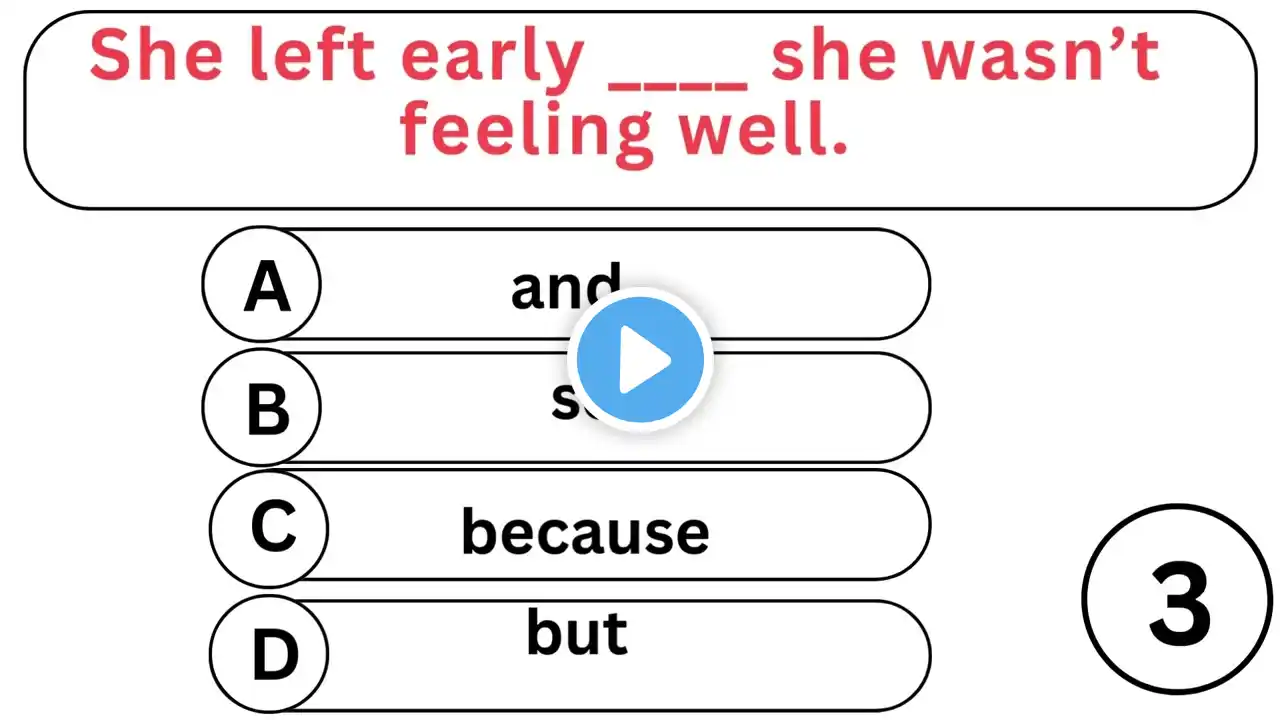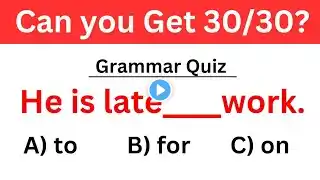
English Grammar Quiz ! Can You Pass This Test ?
Tenses – Identifying and using the correct tense (present, past, future, perfect, continuous, etc.) in sentences. Prepositions – Choosing the appropriate preposition for time, place, direction, cause, etc. Articles – Correct use of “a,” “an,” and “the” in different contexts. Subject-verb agreement – Ensuring the verb matches the subject in number and person. Active and passive voice – Changing sentences from active to passive and vice versa. Direct and indirect speech – Converting dialogue between direct and reported (indirect) speech. Modal verbs – Usage of modals like can, could, must, should, may, might, etc. Conditional sentences – Identifying and forming real and unreal conditionals (zero, first, second, third, mixed). Phrasal verbs – Understanding verbs with prepositions/adverbs (e.g., “give up,” “look after”). Gerunds and infinitives – Knowing when to use the -ing form or “to” + base verb. Conjunctions – Using coordinating, subordinating, and correlative conjunctions to connect ideas. Question tags – Adding correct tags at the end of statements for confirmation. Relative clauses – Using “who,” “which,” “that,” etc., to add extra information about a noun. Parts of speech – Identifying and using nouns, verbs, adjectives, adverbs, etc. Sentence transformation – Rewriting sentences in a different form without changing the meaning. Degrees of comparison – Using positive, comparative, and superlative degrees correctly. Reported speech – Expressing someone else’s words using appropriate tense and structure. Determiners – Understanding the use of words like “some,” “any,” “few,” “many,” “each,” etc. Error correction – Finding and correcting grammatical, spelling, or usage mistakes. Fill in the blanks – Completing sentences with the most suitable word or phrase. Synonyms and antonyms – Finding words with similar or opposite meanings. Homophones and homonyms – Words that sound the same but differ in meaning or spelling. Punctuation – Correct use of commas, periods, semicolons, quotation marks, etc. Voice change – Changing from active to passive form and vice versa. Causative verbs – Using “have,” “get,” “make,” “let” to show someone causes an action. Inversion – Reversing the order of words for emphasis or in formal contexts. Ellipsis – Omitting words when the meaning is clear or to avoid repetition. Adverb placement – Placing adverbs correctly in different types of sentences. Collocations – Common word pairings like “make a decision,” “do homework.” Word order – Arranging words in the correct grammatical sequence. Clauses and phrases – Differentiating between complete and incomplete sentence parts. Question formation – Creating questions correctly in various tenses and forms. Negation – Expressing negative meaning using “not,” “never,” “no,” etc. Linking words – Using words like “however,” “therefore,” “although” to connect ideas. Nominalisation – Changing verbs/adjectives into nouns (e.g., “decide” to “decision”). Tense consistency – Keeping the same tense throughout a sentence or passage. Idioms and phrases – Understanding common expressions that aren’t literal. Parallel structure – Maintaining the same grammatical structure in lists or comparisons. Pronoun reference – Ensuring clarity and correctness in pronoun use. Mixed conditionals – Combining different conditionals in one sentence to express complex ideas. #english #spokenenglish #englishgrammar #education #learnenglish #vocabulary #englishlanguage #grammar #sentences #idioms #prepositions #tense #online #knowledge #subscribe #comment #best #youtube #language #learnenglish #learning #quiz #mcq #words #wordmeaning #meaning #comment #verbs #confused



















